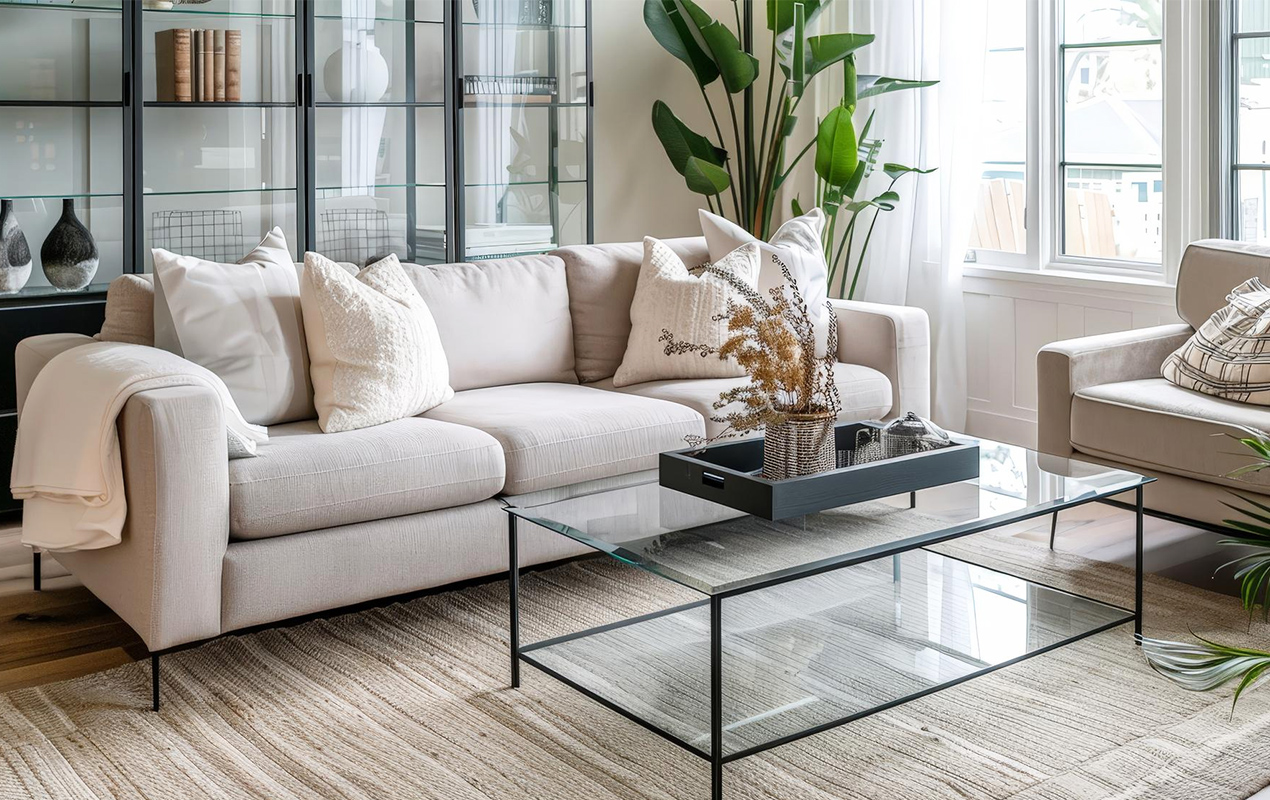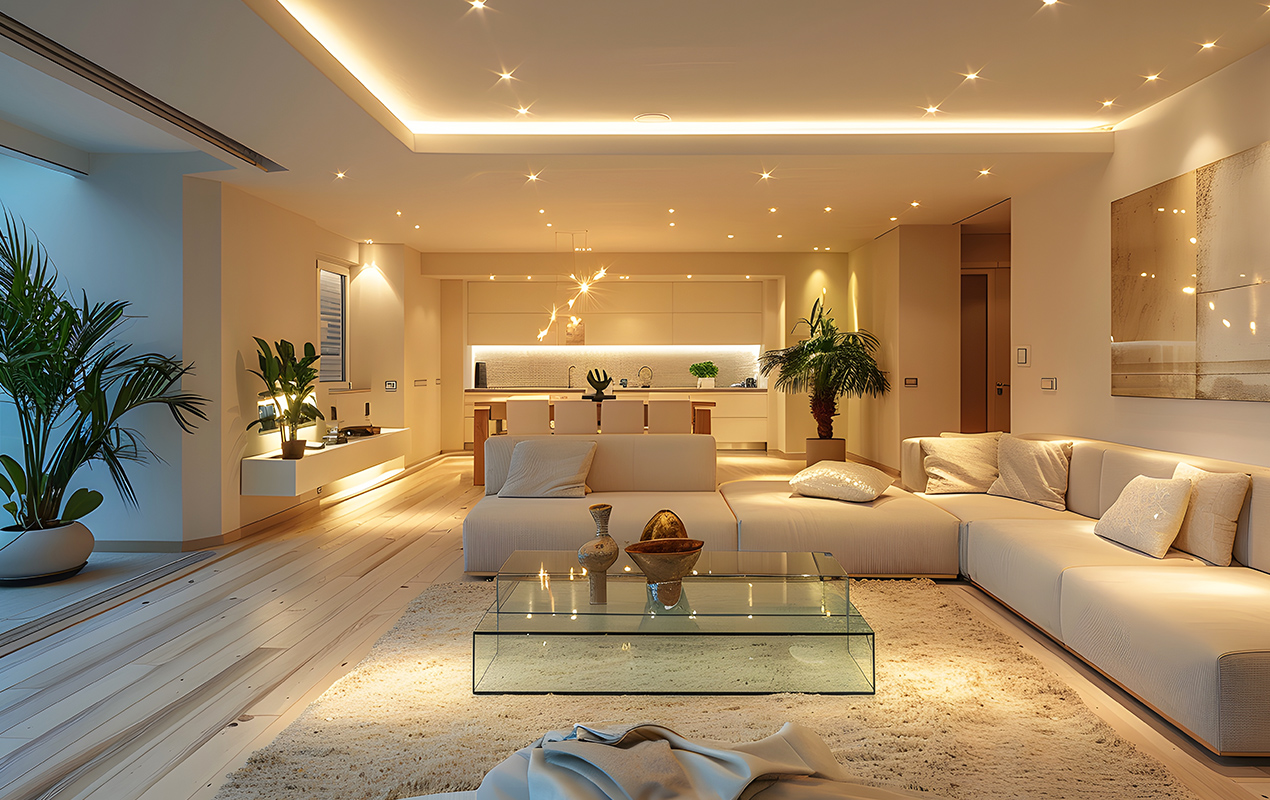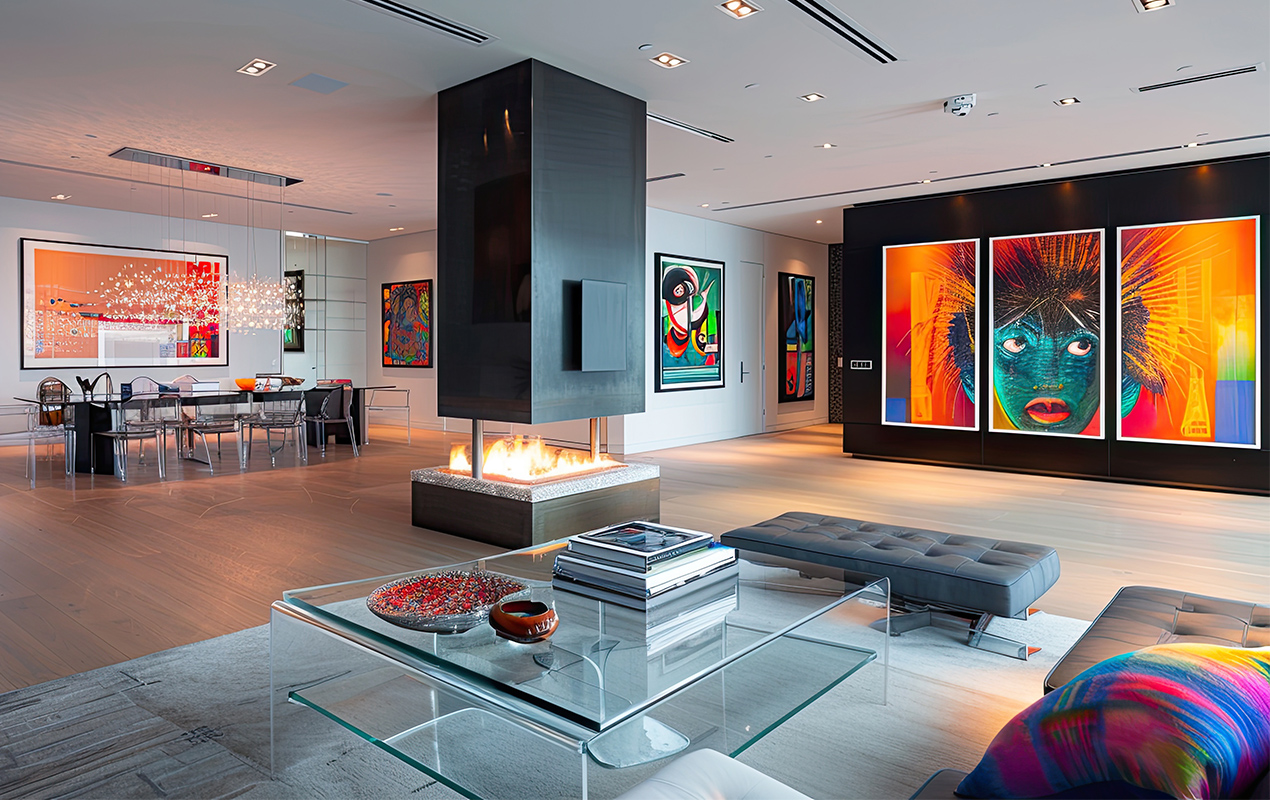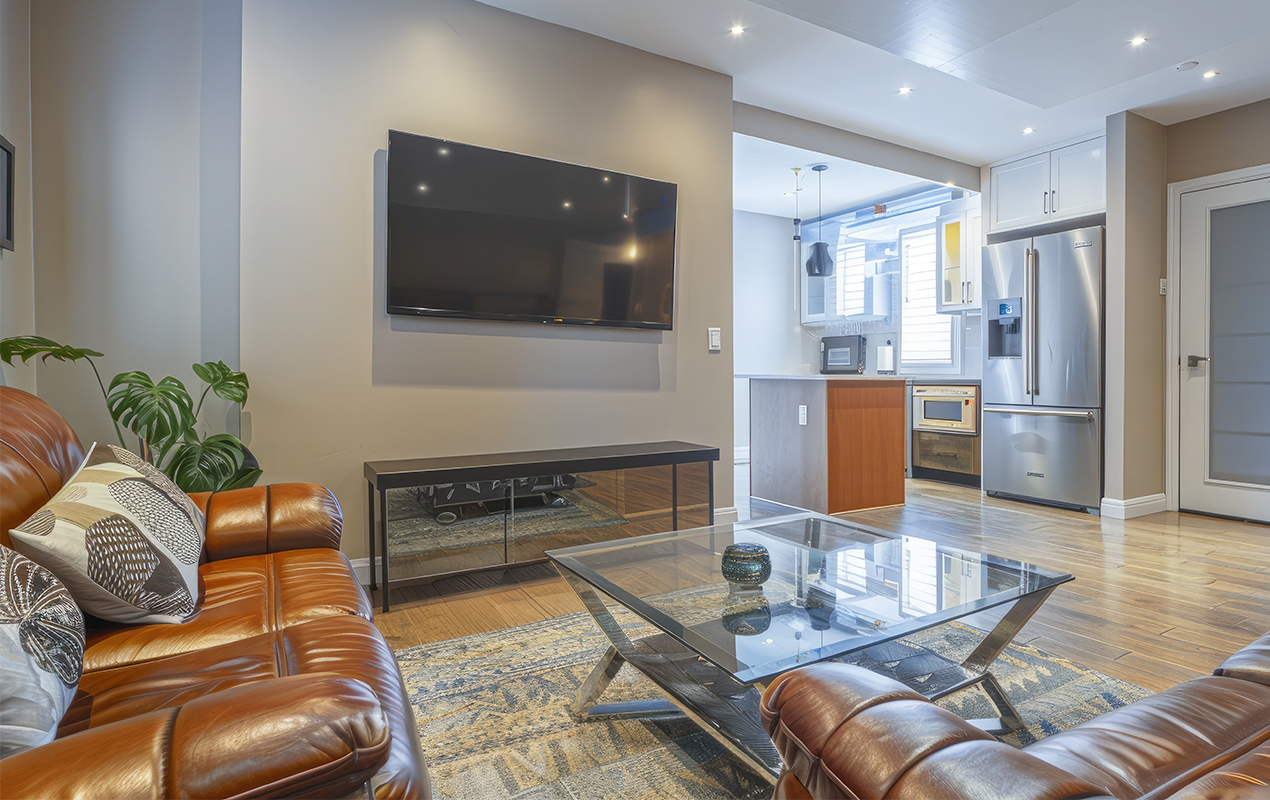19 Large Kitchen Island Design Inspirations for Your Home
Howdy! So you’ve been contemplating adding a large …

So you’re scrolling through countless online furniture stores, heart set on finding the perfect coffee table to complete your living room. But you’re frozen with indecision. Glass? It’s sleek and modern, but what about those inevitable fingerprints? Acrylic? It’s durable and versatile, but will it really match your aesthetic? The great glass vs. acrylic coffee table debate rages on, and you’re caught in the middle.
Sound familiar? You’re not alone. Choosing a coffee table is more than just picking a pretty furniture piece. It’s an investment, a centerpiece influencing the entire vibe of your space. That’s why making the right informed decision is crucial.
Enter the glass vs. acrylic showdown – a battle of transparency, durability, and style. While both materials have their merits, they cater to different needs and preferences. That’s where this guide comes in. We’re diving deep into the glass and acrylic coffee table comparison, exploring strengths, weaknesses, and everything in between. This isn’t your average surface-level comparison. We’re going beyond the obvious, revealing hidden truths that most blogs miss.
Get ready for a head-to-head that will provide you with the understanding you need to make a confident choice. By the end, you won’t just know which table is right for you – you’ll understand why it’s the match for your lifestyle, preferences, and decor.

Photo by Love Mohammad from Adobe
Let’s kick off by getting physical! In the red corner, we have glass, the champion of elegance, known for its timeless appeal. And in the blue corner, we have acrylic, the contender, packing a punch of versatility and modern flair.
But who will emerge victorious? Let’s break it down:
| Feature | Glass | Acrylic |
|---|---|---|
| Durability | Prone to shattering upon impact. Opt for tempered glass for improved durability. | More shatter-resistant but can crack under pressure or with age. |
| Scratch Resistance | Generally scratch-resistant but can be marred by abrasive materials or rough use. | More susceptible to scratches, but minor ones can be buffed out. |
| Shatter Risk | High, especially with non-tempered glass. | Low, making it a safer option for households with children or pets. |
The Takeaway: If you’re clumsy or have a bustling household, acrylic might be the safer bet. However, tempered glass offers a good balance of style and improved durability.
Now, let’s see how each fare in the hygiene department. A coffee table is bound to face spills, smudges, and the occasional sticky fingerprint. So, which material is easier to keep clean?
| Feature | Glass | Acrylic |
|---|---|---|
| Cleaning | Easy to wipe clean but prone to fingerprints and smudges. | Requires more frequent cleaning and special cleaners to avoid scratching. |
| Smudging | Highly susceptible, especially with darker-colored glass. | Less prone to smudging than glass. |
The Takeaway: Glass wins this round with its easy-to-clean surface, but the ongoing battle against fingerprints might be a dealbreaker for some. Acrylic requires more attention, but it’s less likely to reveal every smudge.

Photo by Adnan Saheem from Adobe
Let’s talk about the elephant in the room—or rather, the coffee table in the room. If you’re someone who loves rearranging furniture or frequently moves homes, this factor is crucial.
| Feature | Glass | Acrylic |
|---|---|---|
| Weight | Heavy, making it stable but difficult to move. | Lightweight, making it easy to move and rearrange. |
| Movability | Requires careful handling to avoid accidents. | More convenient for those who like to change up their space often. |
The Takeaway: Acrylic takes the trophy for its feather-light nature, making it a breeze to move. But if you value stability and a grounded feel, glass might be your victor.
Last but not least, let’s talk about the financial implications of this decision. Both glass and acrylic tables come in a variety of price points, but there are some general trends to consider.
| Feature | Glass | Acrylic |
|---|---|---|
| Cost | Can be more expensive, especially for thicker or custom designs. | Often more affordable than glass, with a wider price range. |
The Takeaway: If you’re on a budget, acrylic might be the more wallet-friendly choice. But if you’re willing to splurge on a high-quality, custom-designed piece, glass offers unique possibilities.

Photo by Umar Salam from Adobe
Now, let’s move beyond the brawn and into the aesthetics. In this round, it’s all about the “wow” factor – that first impression your table makes on guests.
Visualize a sunlit living room, rays bouncing off a gleaming glass table. Glass produces an open, airy feel, perfect for minimalist and contemporary spaces. Its sleek, transparent surface adds sophistication without overwhelming the interior.
But glass isn’t just about minimalism. It can also play a role in mid-century interiors, channeling the retro-chic vibe of the 1950s and 60s. Envision a glass coffee table with tapered legs and a geometric base, holding a vintage ashtray and a stack of design magazines. It’s a statement piece that instantly transports you to an era of cool.
Acrylic, on the other hand, is a true chameleon. It seamlessly blends into any style or steals the show with bold character. Clear acrylic offers a similar minimalist appeal to glass but with a touch of whimsy.
But the real magic of acrylic lies in its versatility. Colored acrylic, from vibrant jewel tones to soft pastels, injects a lively pop of color into a room, while frosted acrylic, with its glow, adds mystery and elegance. Whether you’re drawn to the eclectic bohemian look or the futuristic vibes of ultra-modern design, acrylic has you covered.
Think of acrylic as a blank canvas. You can choose a simple rectangular table for a clean, contemporary look, or go wild with a sculpted, organic shape for a conversation starter. With acrylic, the opportunities are as infinite as your imagination.